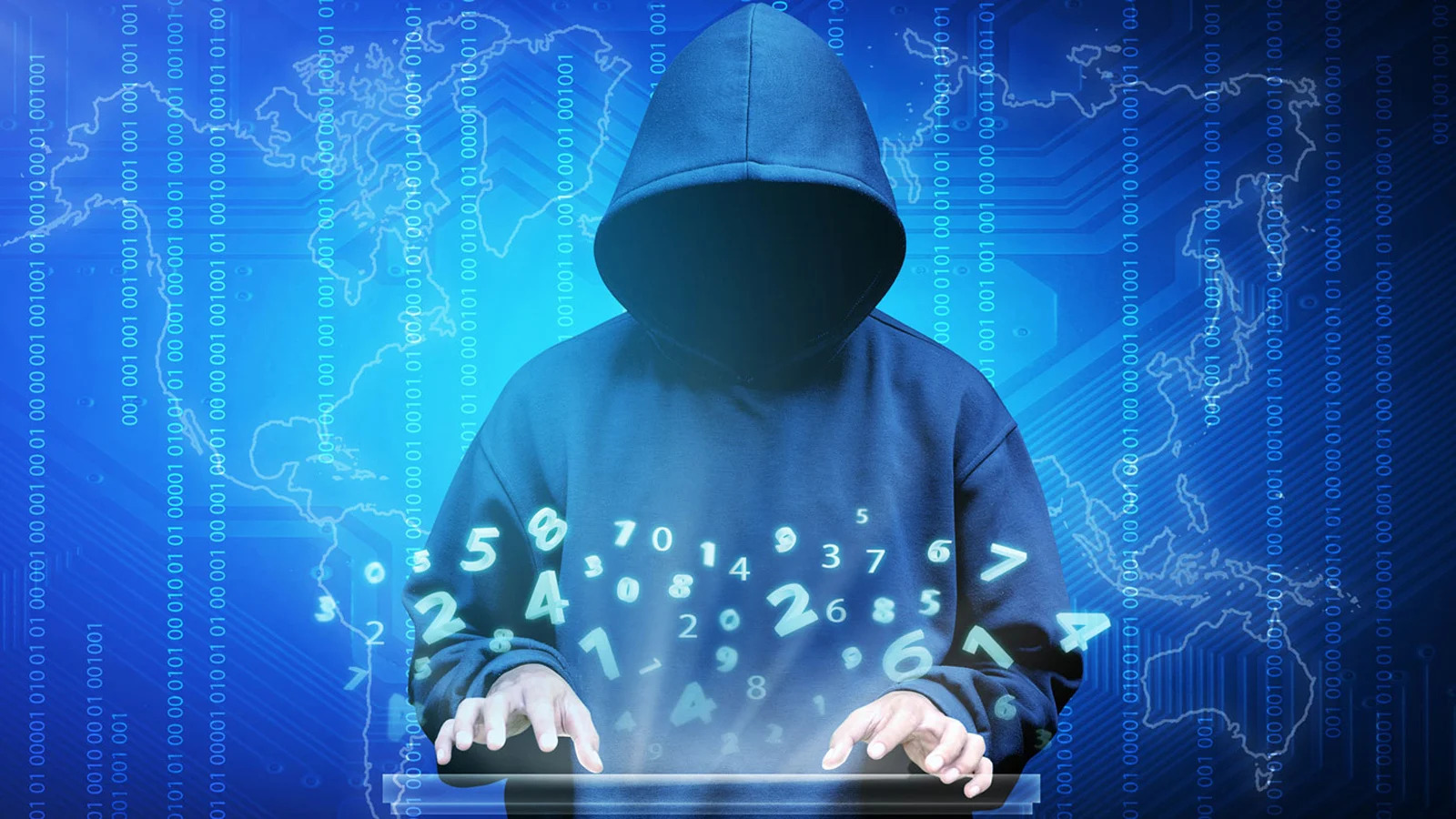Business owners in 2024 are much more tech savvy now, than ever before. You understand to keep your insurance active, or to keep compliant in your field, a degree of cyber security shield is necessary. So, you did the smart thing. You invested in advanced systems like Security Information and Event Management (SIEM), Extended Detection and Response (XDR), or Managed Detection and Response (MDR), businesses lay down a solid foundation for their cybersecurity defenses. However, the journey doesn’t end there. To truly fortify your organization against sophisticated attacks, it’s crucial to explore additional cybersecurity strategies that complement and enhance these systems.
Assessing Your Current Cybersecurity Framework
The first step beyond implementing SIEM, XDR, or MDR is to conduct a thorough assessment of your current cybersecurity framework. This involves identifying any existing vulnerabilities in your network, evaluating the effectiveness of your current security measures, and determining areas for improvement. A comprehensive audit will reveal gaps in your defenses and provide a roadmap for integrating more advanced cybersecurity strategies. By understanding your current posture, you can make informed decisions about where to allocate resources for maximum impact.
Integrating Advanced Threat Intelligence
In today’s digital age, threat intelligence plays a pivotal role in staying ahead of cyber adversaries. Integrating advanced threat intelligence into your cybersecurity strategy involves collecting and analyzing data about emerging threats and attack vectors. This information can then be used to enhance your existing SIEM, XDR, or MDR solutions, enabling them to detect and respond to threats more effectively. Leveraging threat intelligence feeds from reputable sources ensures that your organization is always prepared for the latest cyber threats.
Enhancing Incident Response with Automation
Time is of the essence when it comes to incident response. Automating your incident response processes can significantly reduce the time it takes to detect, analyze, and mitigate threats. By integrating automation tools with your SIEM, XDR, or MDR systems, you can streamline workflows, eliminate repetitive tasks, and free up your security team to focus on more complex challenges. Automation also ensures consistency in response procedures, reducing the likelihood of human error and improving overall security efficiency.
Strengthening Identity and Access Management
As organizations grow, managing who has access to what becomes increasingly complex and critical. Strengthening your identity and access management (IAM) policies is essential for maintaining control over your internal and external threats. Implementing multi-factor authentication (MFA), role-based access control (RBAC), and regular audits of user permissions can significantly reduce the risk of unauthorized access and data breaches. By ensuring that only the right people have access to sensitive information, you can further secure your organization’s assets.
Adopting a Zero Trust Architecture
The principle of "never trust, always verify" is at the heart of the zero trust architecture. Moving beyond traditional perimeter-based security, zero trust requires verifying the identity and integrity of devices, users, and networks, regardless of their location. Implementing zero trust principles involves segmenting networks, enforcing least-privilege access, and continuously monitoring network activity for suspicious behavior. This approach minimizes the attack surface and limits the potential impact of breaches.
Regular Cybersecurity Awareness Training for Employees
Human error remains one of the biggest vulnerabilities in any organization’s security posture. Regular cybersecurity awareness training for employees is crucial for minimizing risks associated with phishing, social engineering, and other user-targeted attacks. Educating your workforce about the latest cyber threats, safe online practices, and your organization’s security policies can significantly reduce the likelihood of accidental breaches. By fostering a culture of cybersecurity awareness, you empower your employees to act as the first line of defense.
In conclusion, while SIEM, XDR, and MDR provide a strong foundation for your organization's cybersecurity efforts, they are just the beginning. To truly safeguard your business in the digital realm, it’s essential to continually assess and enhance your cybersecurity strategies. By integrating advanced threat intelligence, automating incident response, strengthening identity and access management, adopting a zero-trust architecture, and conducting regular cybersecurity awareness training, you can create a robust security posture that is well-equipped to face the challenges of tomorrow. Remember, cybersecurity is not a one-time effort but an ongoing journey. Stay vigilant, stay informed, and always strive for improvement.




